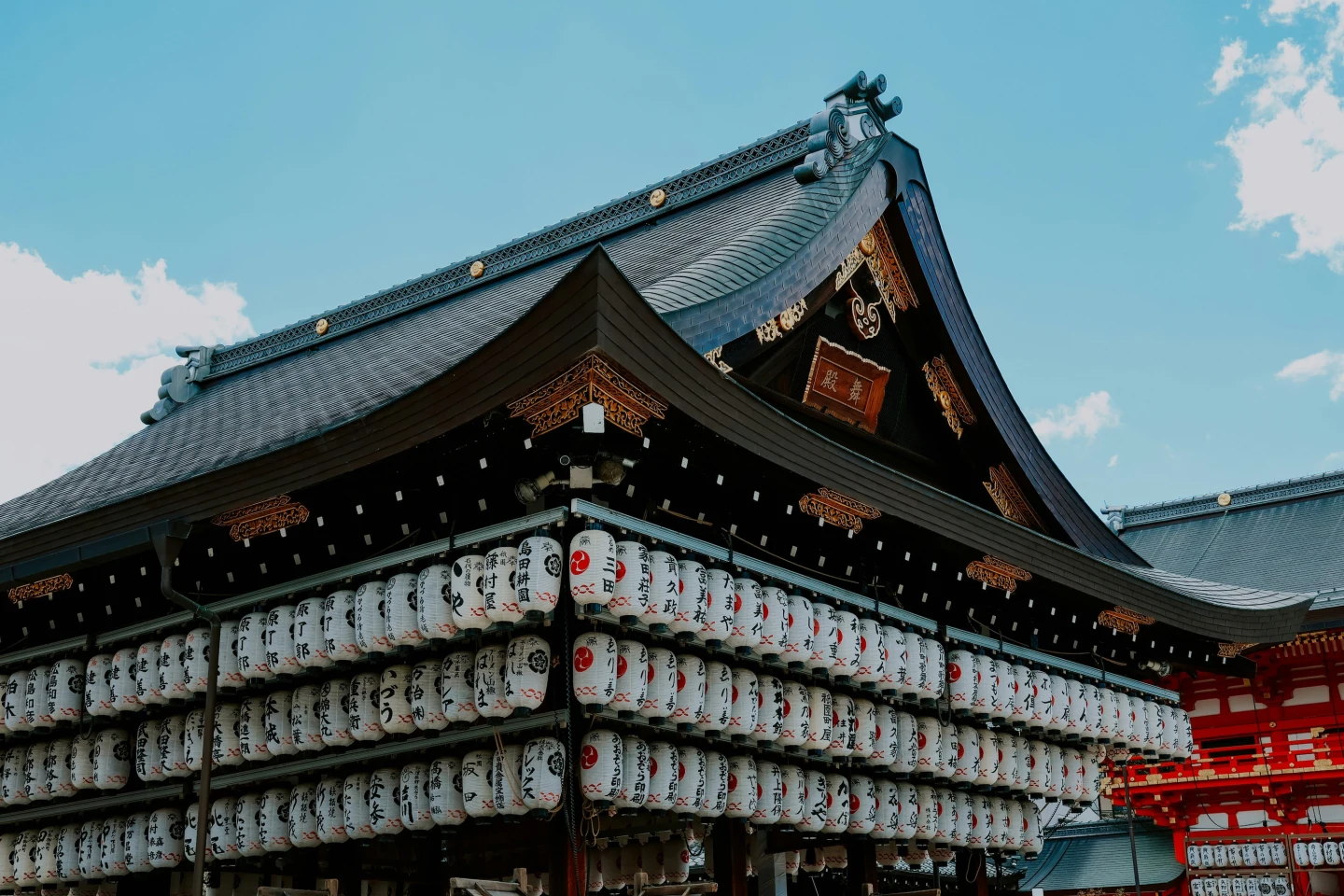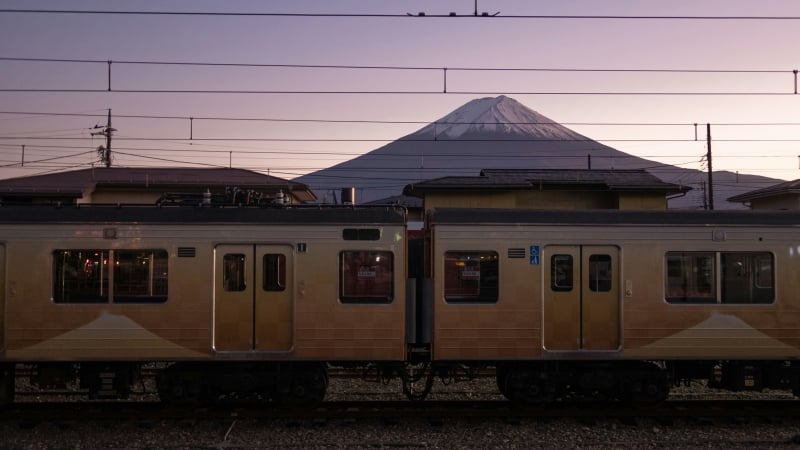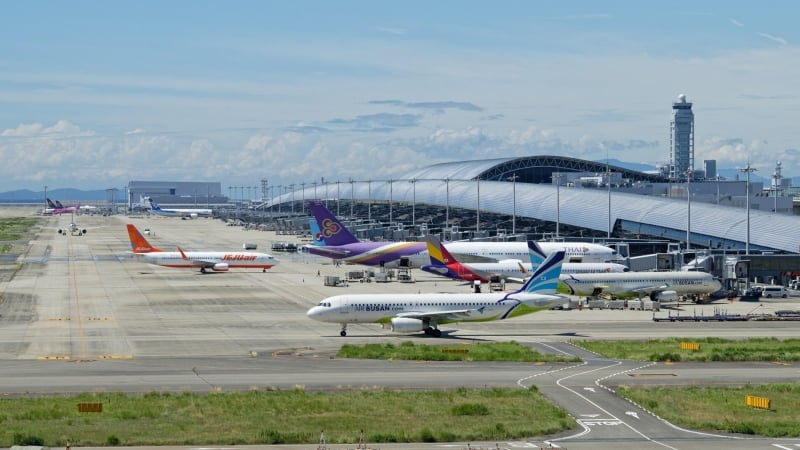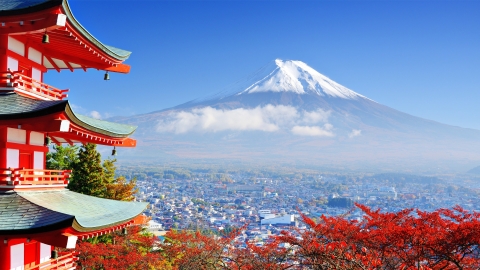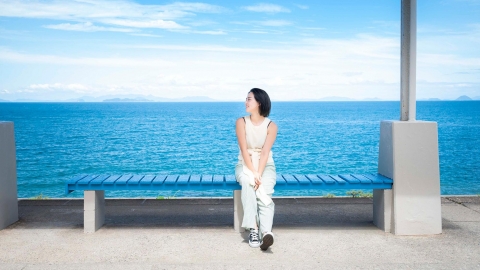Since Japan reopened after the COVID-19 pandemic, many foreign tourists have returned to the land of the rising sun. More than 25 million tourists visited Japan in 2023 and nearly 5.5 million people visited in the first two months of 2024 alone, exceeding the figure for the same period in 2019 by 7%.
For this reason, Japan is implementing a plan to tighten tourism management such as: solving problems of bad behavior of tourists, overtourism... Including banning tourists from some streets in the famous Geisha district in Kyoto and limiting the number of people hiking up Mount Fuji - the highest mountain in the country.
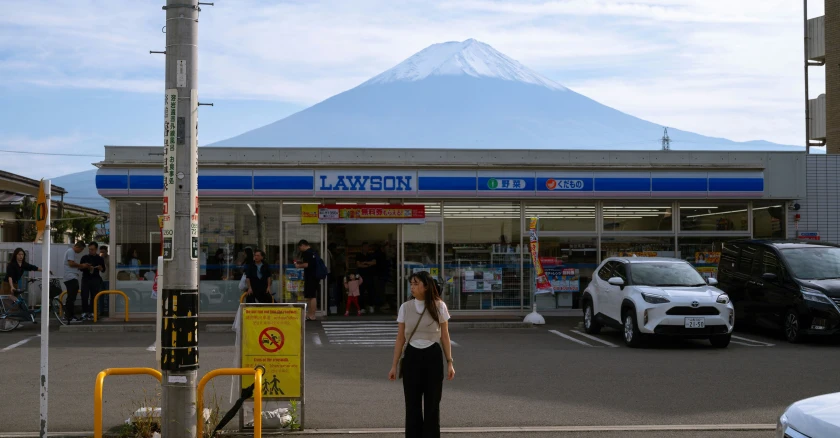
Local media reported that the city of Fujikawaguchiko installed a barrier to block the view of Mount Fuji to prevent crowds from taking photos. Photo: Siddhesh Mangela/Unsplash
Kyoto restricts tourists from entering areas of Gion district
Kyoto's Gion district, home to traditional geisha and maiko (geisha apprentices), is looking to curb tourists from disturbing and harassing geisha and residents. Geisha are women who have performed traditional dance, music and games for centuries in Japan. In Kyoto, they often work in tea houses in the Gion district.
The area has long been a magnet for tourists, drawn by the sight of famous performers dressed in elaborate kimonos, traditional hairpins and signature makeup as they stroll from teahouse to teahouse. Over the years, there have been reports of overzealous tourists harassing women and sneaking into residential areas, despite signs warning visitors not to take photos of performers without their consent.

There have been reports of tourists harassing traditional geisha performers and trespassing on private property in Kyoto's famous Gion district. Photo: Andre Benz/Unsplash
“We put up signs in April asking tourists to stay off the private roads,” local ward official Isokazu Ota told the media. The signs, in both Japanese and English, state that these are private roads leading to residential areas and that walking there will result in a fine of 10,000 yen (about 1.6 million VND).
It is worth noting that the ban is only limited to some residential streets in Gion, visitors can still walk on public streets to visit famous tourist attractions such as: 1,300-year-old Yasaka Shrine and the beautiful Tatsumi Bridge.
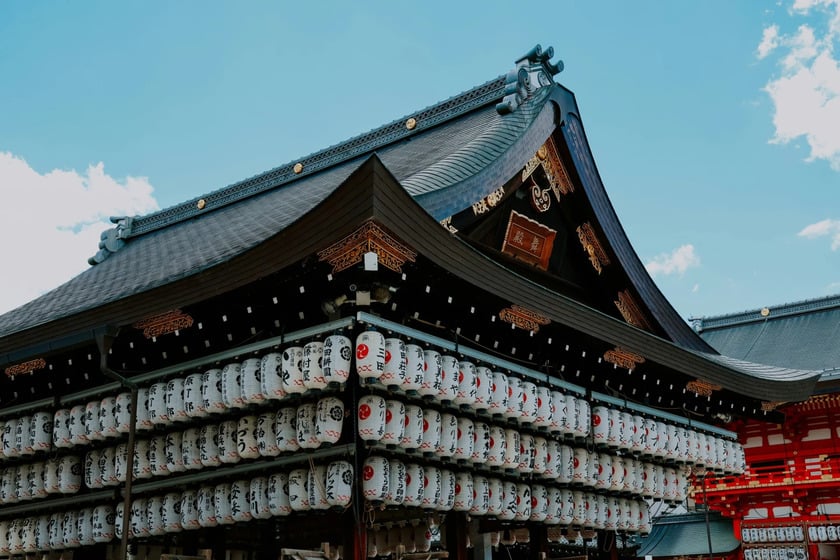
In Kyoto's Gion district, visitors can still access popular tourist attractions like the 1,300-year-old Yasaka Shrine. Photo: Ceci Li/Unsplash
Mount Fuji to charge fees, use barriers to limit tourists
As for Mount Fuji, although it does not completely ban tourists, this famous UNESCO-recognized world heritage site is applying a daily visitor limit of 4,000 people and charging each climber 2,000 yen (about 325,000 VND).
The move is aimed at protecting the site from overcrowding. The new regulations will start on July 1, 2024, when the climbing season begins. The measure is aimed at protecting the environment and raising funds for safety measures for visitors and climbers. In recent years, the number of climbers has been so high that traffic congestion and waste have been piling up, raising environmental concerns about the volcano, which is sacred to many Japanese.
In addition, due to the bad behavior of tourists when coming to admire Mount Fuji, the government of Fujikawaguchiko town near this famous mountain has built a special barrier to limit tourists from taking photos of Japan's most famous landscape.
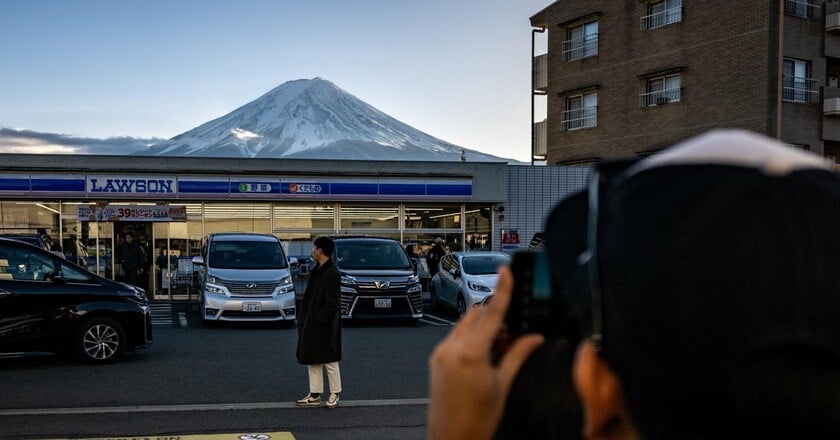
The view of Mount Fuji behind the Lawson convenience store in Fujikawaguchiko is a must-see sight for many tourists visiting the small town in central Japan.
Fujikawaguchiko authorities have begun erecting large screens to block the view of Mount Fuji from the town's Lawson convenience store, a spot that attracts scores of foreign tourists every day to take photos of the majestic mountain in the background.
A Fujikawaguchiko official was quoted by the Japan Times as saying: “It is regrettable that we have to do this because some tourists cannot respect the rules: not following traffic laws, littering, trespassing on people's property, parking illegally and smoking outside the designated area..." Many locals believe that building a mesh fence is regrettable but perhaps necessary to cope with the overcrowding of tourists.

Starting this summer, Mount Fuji will limit the number of visitors per day to 4,000. Photo: Simpletun/Shutterstock
Although Japan is restricting tourists from visiting the Gion area and Mount Fuji, the country is still welcoming international visitors in other ways. For example, in March 2024, the Immigration Services Agency of Japan announced the provision of a six-month digital nomad visa to citizens from 49 countries. Accordingly, foreign digital nomads can reside in Japan for up to six months, up from the current 90 days under the visa-free short-term tourist program, and are not allowed to work during their stay.





